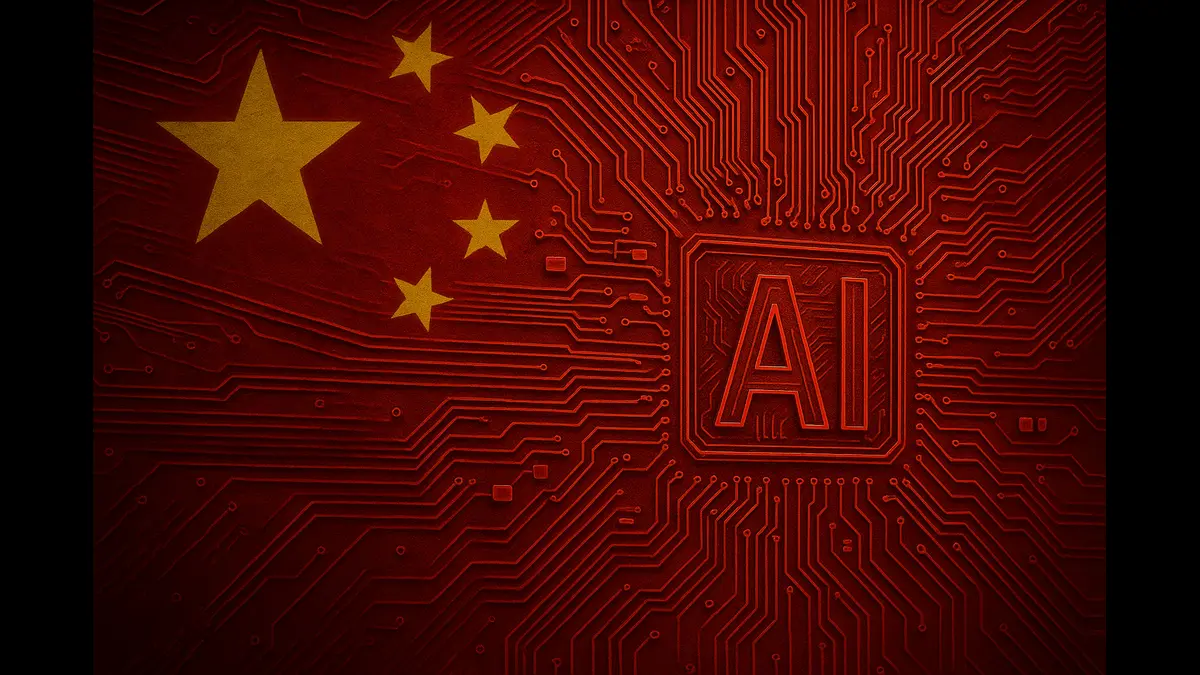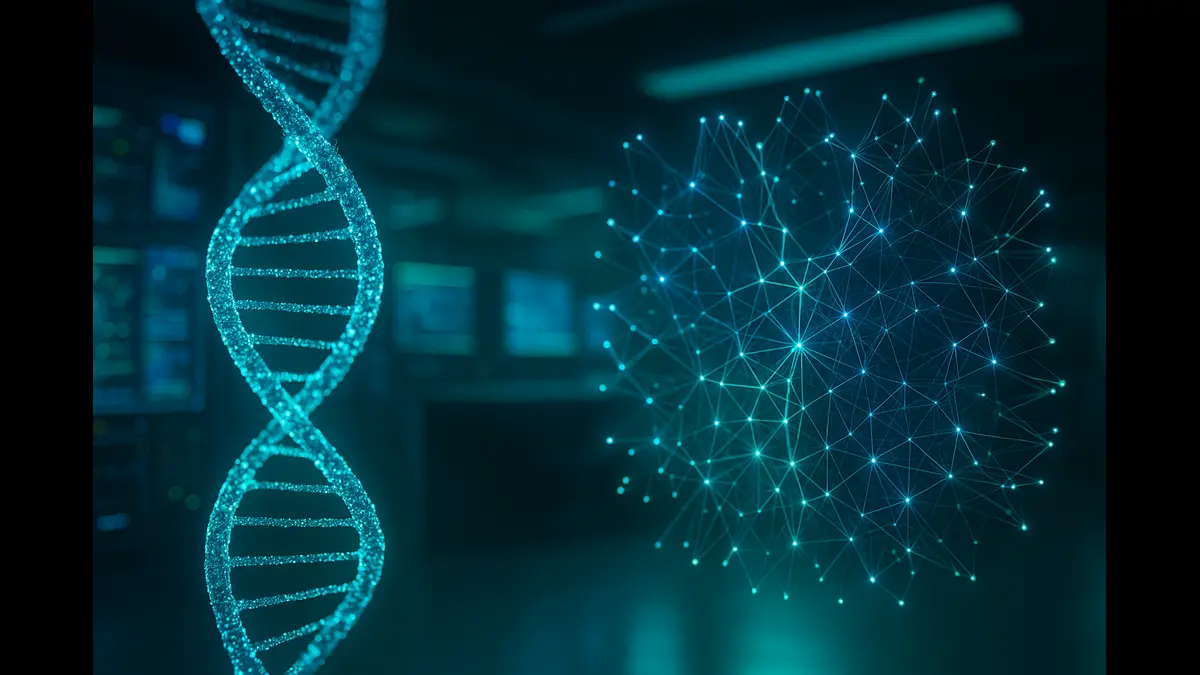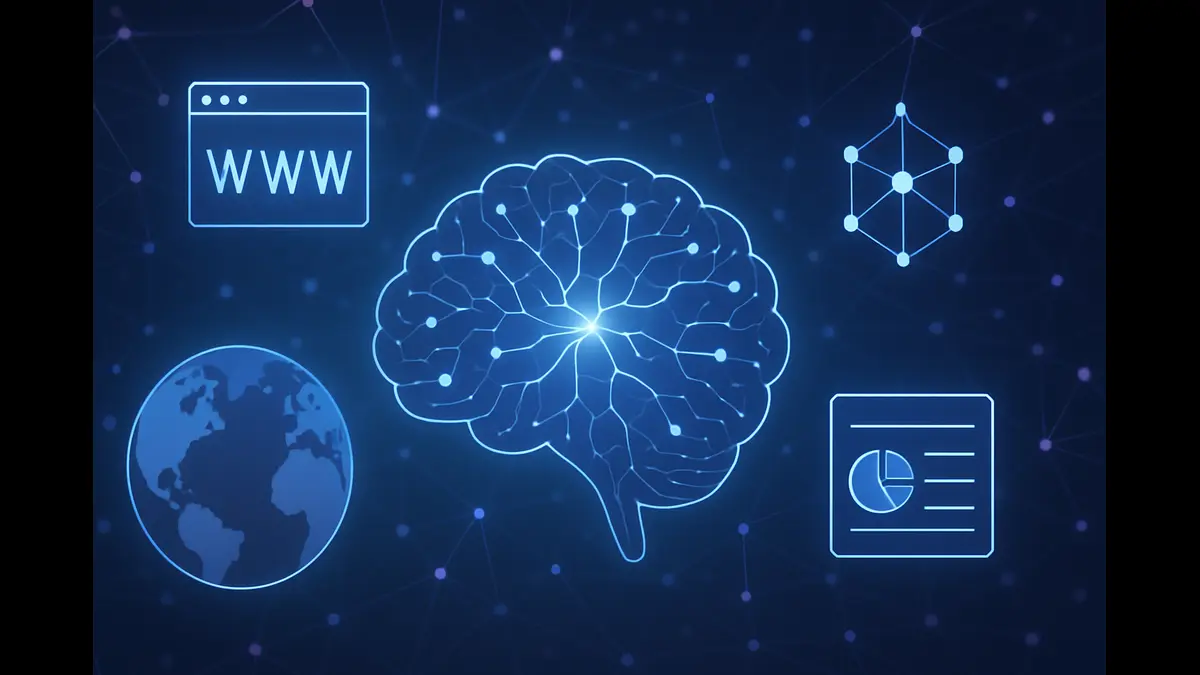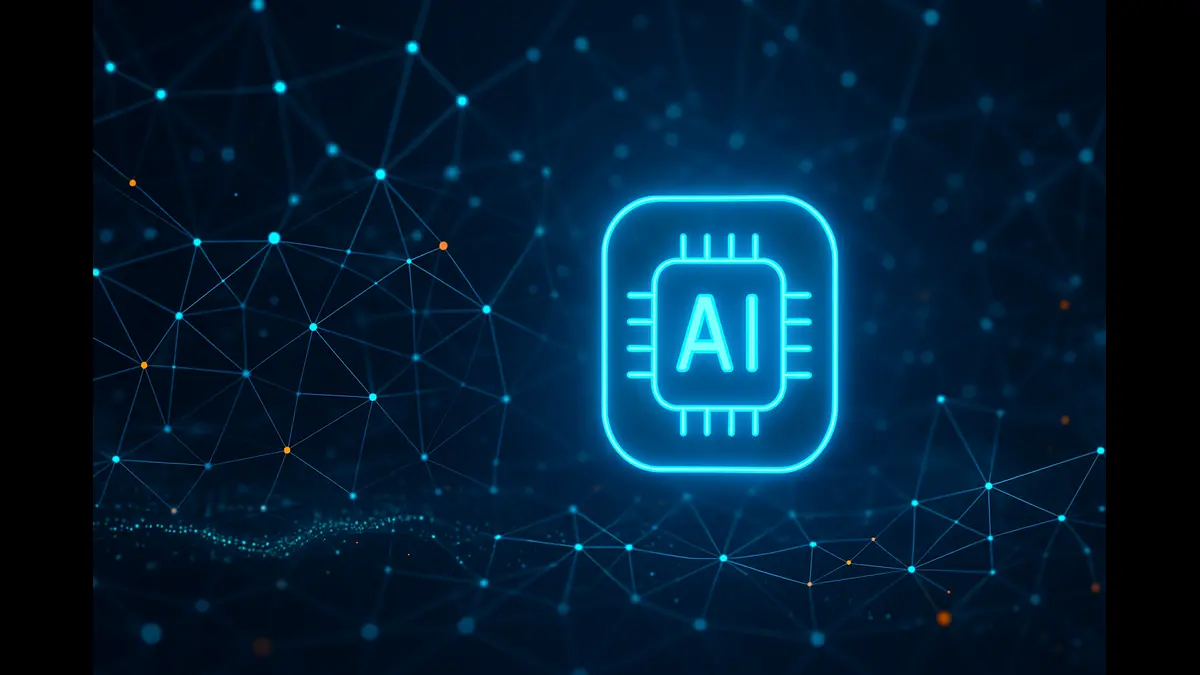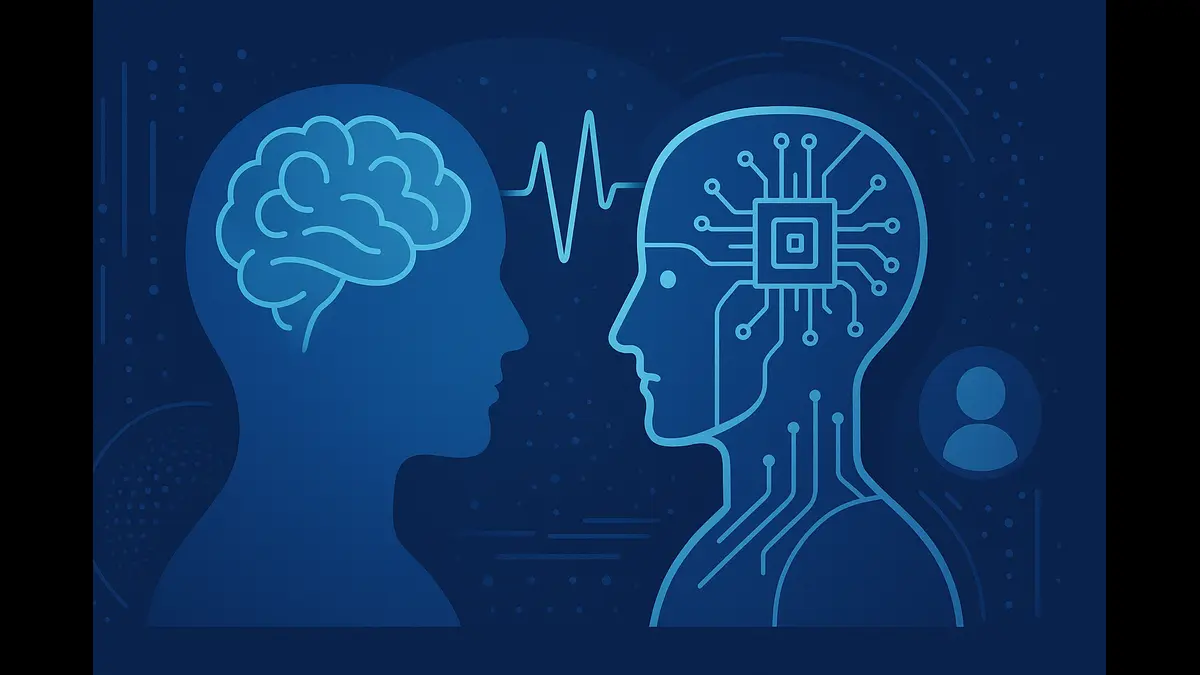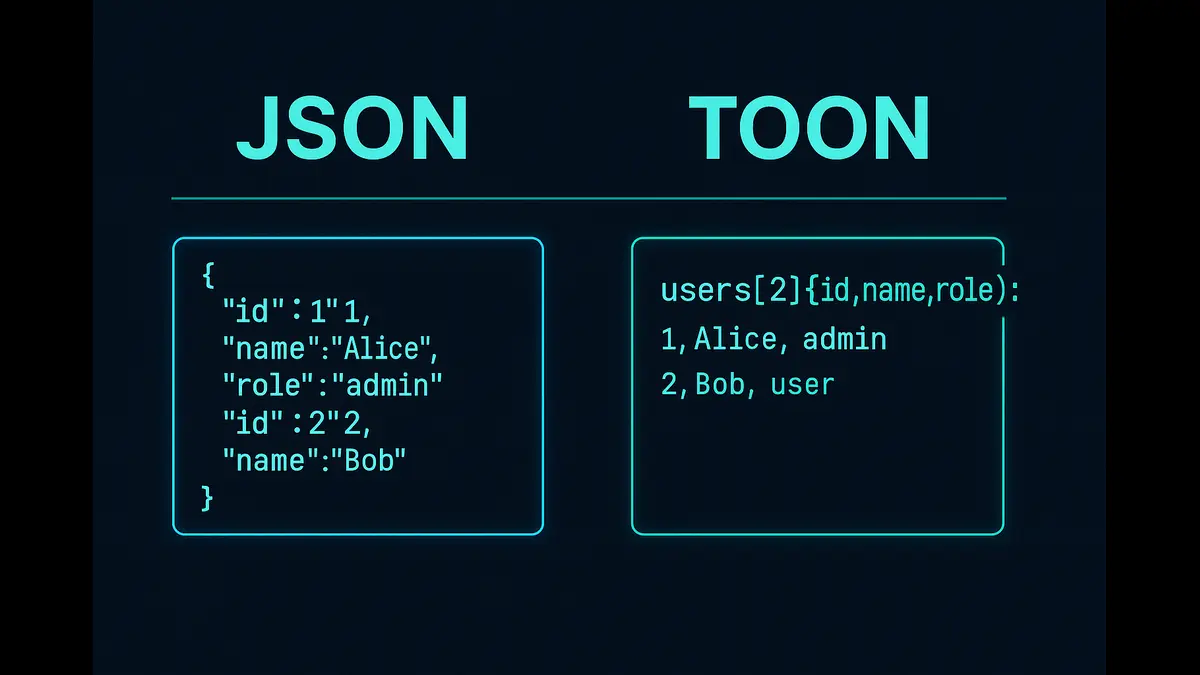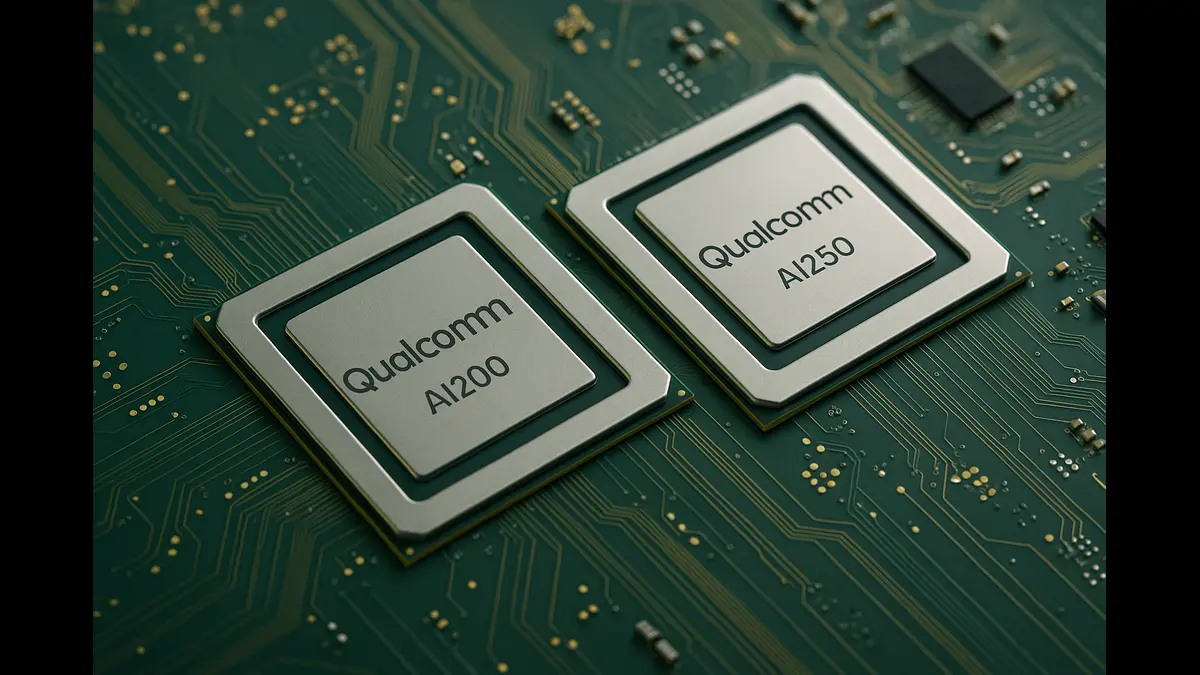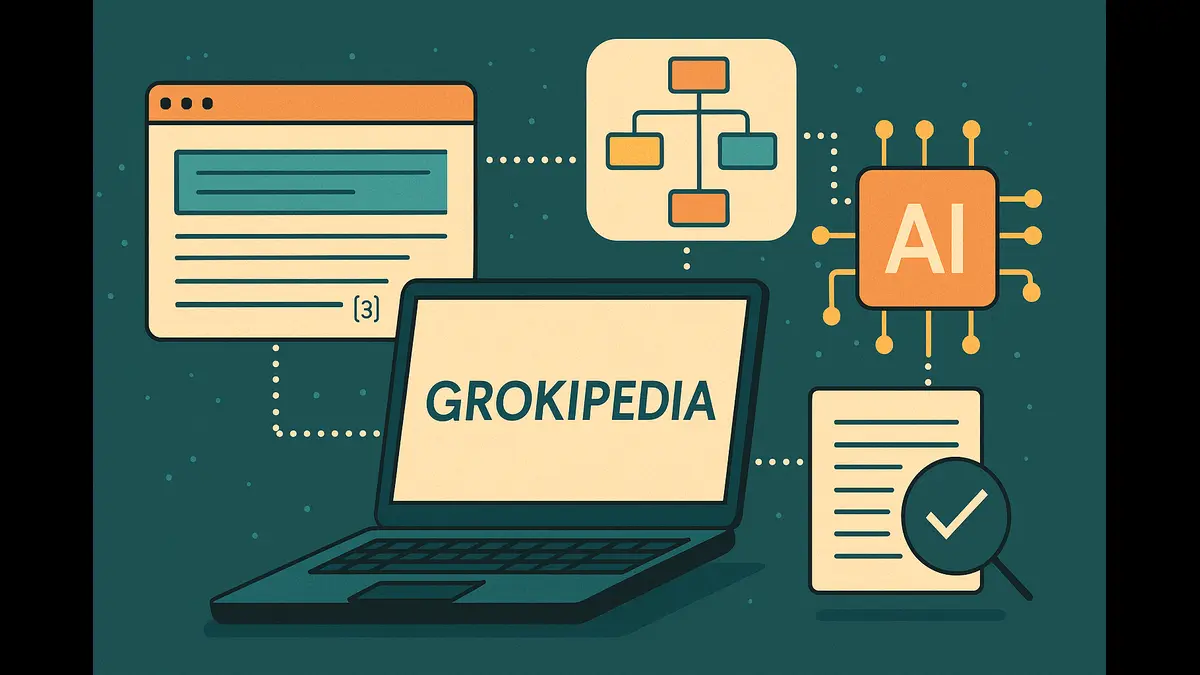
Meta and Arm have entered a multi-year partnership to migrate Meta’s AI systems to Arm’s Neoverse platform, improving efficiency, scalability, and sustainability across Meta’s expanding global data centers.
Meta Platforms Inc. announced a multi-year strategic partnership with Arm Holdings plc, a leading semiconductor design firm, to advance its artificial intelligence infrastructure. This collaboration centers on migrating Meta’s core ranking and recommendation systems to Arm’s Neoverse platform, optimized for cloud-based AI workloads. The initiative supports Meta’s extensive data center expansion, designed to meet the computational needs of AI services for its global user base exceeding three billion individuals. The partnership emphasizes efficiency and scalability, tackling essential challenges in large-scale AI deployment.
Background on the Partnership
Meta, a key player in social media and digital advertising, depends on advanced AI algorithms for its ranking and recommendation engines across platforms including Facebook, Instagram, and WhatsApp. These systems analyze enormous volumes of data to provide tailored content, driving user interaction and revenue. As AI models increase in sophistication, the supporting infrastructure must adapt to manage growing computational requirements while preserving cost control and energy efficiency.
Arm, celebrated for its energy-efficient processor designs common in mobile devices, has expanded into data center and cloud computing markets. The Neoverse platform embodies Arm’s solution for high-performance environments, featuring enhancements that aid AI acceleration. The shift to this platform will allow Meta to refine its AI processes, lowering latency in real-time decisions vital for recommendation functionalities.
This alliance follows industry movements where large-scale cloud operators explore options beyond conventional x86 designs to improve power and thermal performance. Choosing Arm’s technology enables Meta to refine its systems without sacrificing the dependability needed for essential operations.
Technical Foundations: Arm’s Neoverse Platform
The Neoverse platform forms the technical foundation of this partnership. Tailored for expansion in cloud setups, it includes a modular structure that supports integration with current data center systems. Notable components encompass improved caching systems and connection technologies that promote effective data flow between processors, reducing delays in AI inference activities.
For Meta’s ranking systems, which handle petabytes of user data each day, the platform’s refinements support quicker model runs. Recommendation algorithms, frequently driven by deep learning tools, gain from Neoverse’s backing for vector processing features, which speed up matrix calculations key to neural network operations. This transition will proceed in stages, minimizing impact on active services.
Arm’s priority on performance-per-watt measures holds special importance for AI uses. Standard GPU methods, though potent, may lead to high energy expenses at large scales. Neoverse’s CPU-oriented approach pairs with these by managing control tasks more effectively, permitting mixed setups where AI boosters concentrate on intensive computations. This even method aids Meta’s objectives for sustainable growth in infrastructure.
Executive Perspectives and Strategic Alignment
Leaders from both firms have stressed the partnership’s capacity to promote advancement. Santosh Janardhan, Head of Infrastructure at Meta, remarked, “AI is transforming how people connect and create.” He added that working with Arm would facilitate effective expansion of these advancements across Meta’s applications and technologies, reaching more than three billion users. Janardhan’s observations align with Meta’s wider aim of incorporating AI more thoroughly into user interactions, from content selection to augmented reality elements.
Rene Haas, Chief Executive Officer of Arm, shared this view, portraying the alliance as a way to “define the next era of AI by delivering efficiency at scale.” Haas pointed out, “Partnering with Meta, we’re uniting Arm’s performance-per-watt leadership with Meta’s AI innovation.” This combination draws on Arm’s proficiency in low-power structures, historically strong in mobile computing, to meet rising energy needs in data centers. Haas’s statements frame the partnership as a market edge, especially versus GPU frontrunners like NVIDIA, by stressing efficiency in rollout over sheer compute volume.
Strategically, this step broadens Meta’s hardware sources, lessening vulnerabilities from semiconductor supply issues. It also fits Arm’s move toward business uses, where harmony with cloud-native tasks is crucial.
Meta’s Data Center Expansion Initiatives
Key to enacting the partnership is Meta’s vigorous growth in data center facilities, crafted to fulfill the rising needs of generative AI and machine learning offerings. The firm has pledged billions in capital spending for this, with estimates showing a tripling of capacity in coming years.
The Prometheus Project in Ohio
A primary effort is the Prometheus data center in New Albany, Ohio. Set to begin operations by 2027, this site will feature several gigawatts of power, ranking it among the biggest AI-focused setups worldwide. To guarantee steady power, Meta is constructing a 200-megawatt natural gas facility next door. This local power method cuts dependence on local networks, which struggle with AI clusters’ variable loads.
Prometheus will accommodate Arm-based server groups, merging liquid cooling to handle heat from packed compute units. The project’s magnitude calls for sophisticated site oversight, with modular building allowing gradual activations. This lets Meta introduce early capacities for Neoverse trials while building to peak levels.
The Hyperion Campus in Louisiana
Supporting Prometheus is the Hyperion data center site in northwest Louisiana, covering 2,250 acres. At full capacity, Hyperion is forecasted to supply five gigawatts of compute power, forming a pillar of Meta’s AI network. Building, started lately, should last to 2030, but select sections could activate before to aid temporary tasks.
The area’s broad layout permits creative designs, like hyperscale modules grouping thousands of servers under shared power and network areas. Eco factors are woven in, with intentions for green energy to balance the site’s emissions. Hyperion’s plan adds edge computing, boosting low-delay AI inference for local users and improving Meta services’ speed.
These efforts total investments over tens of billions, drawn from Meta’s strong advertising income. They bolster not just internal AI work but also ready Meta to supply cloud via its Llama models, possibly creating fresh income.
Software Adaptations and Open-Source Contributions
Past hardware shifts, the partnership reaches software development to assure smooth fit. Meta’s AI setup, covering training and rollout frameworks, has been modified for native Arm runs. This covers rebuilding libraries and fine-tuning cores for Arm’s command set, fixing past issues in architecture shifts.
A central part is releasing these changes openly. Meta and Arm have shared the updated parts under open licenses, letting the wider dev group use and expand them. This tackles frequent issues like code matching and speed adjustments, which earlier slowed Arm’s server entry.
The public store holds benchmarking aids for AI on Neoverse, plus contained setups easing rollout. By offering these without cost, the firms nurture system expansion, spurring outside sellers to approve their software for Arm. This team method quickens progress, as outside inputs can hone tweaks ongoing.
For Meta, this means quicker loops in AI studies, while Arm gains from higher use stats proving its platform for business cases. Experts see this as a spark for varying cloud scenes, possibly dropping hurdles for smaller groups after affordable AI fixes.
Business Implications and Industry Context
This partnership emerges in fierce rivalry for AI setups, where energy control stands out as a vital separator. Meta’s yearly filings show data center power use takes a big slice of costs, set to climb with AI uptake. Teaming with Arm lets Meta handle these better, possibly lifting profit edges in ads.
From Arm’s side, the accord confirms its plan shift to data center lead. Long ago, Arm drove most phones, but server slice trailed from system readiness. Deals thus, with nods from big clouds, show speeding drive. Arm’s late money stats reveal solid rise in infra license cash, tied to such big ties.
Wider market flows hold geo politics on chip lines and rules watch on tech energy. Meta’s lean on smart builds may help meet new green rules, as Arm handles export curbs by stressing design over making.
For backers, the tie shows chances in linked areas. Server builders and cooling pros can profit from more call for Arm-fit gear, while software groups use the open goods to grow lines.
The strategic tie between Meta and Arm signals a proactive pledge to craft strong AI setups for billions. Via Neoverse shift, big data site works like Prometheus and Hyperion, and open software boosts, the firms set bases for growing, thrifty AI rolls. Leader views from Janardhan and Haas stress the change power, mixing tech skill with real business musts.
As Meta pushes to link the globe via AI, this tie shows how team setups push ahead. It fixes near growth needs and aids an open, flexible base for later steps. In a time marked by fast tech change, such drives make sure setups match drive, giving worth to users, backers, and the full field.
Discover more from Poniak Times
Subscribe to get the latest posts sent to your email.

